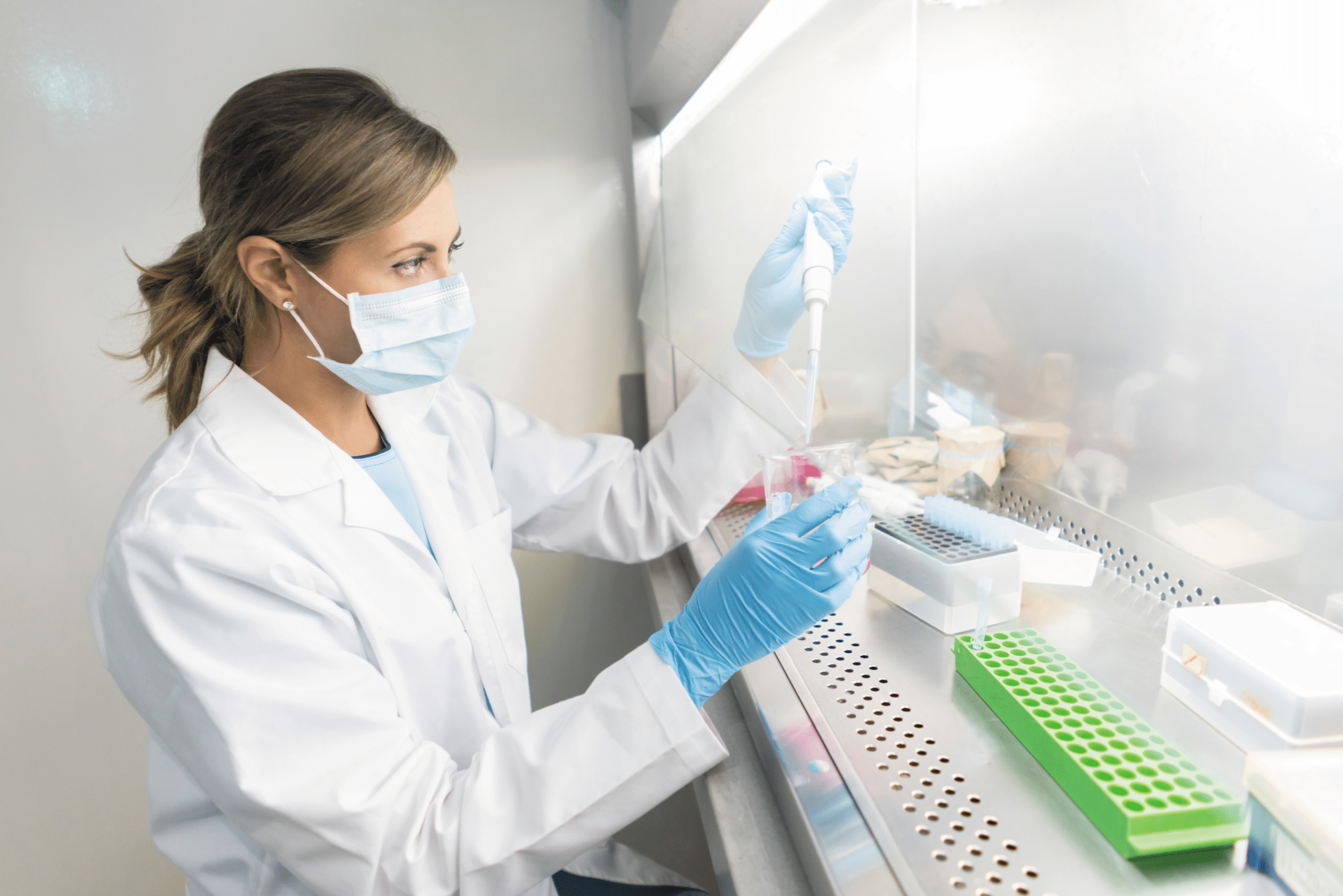Everything You Need to Know About Dog DNA Testing
One of the latest health crazes that has trickled down from the human consumer to the pet market is DNA testing. Discover more about just what DNA testing is, where it’s going and what it means for you and your dog.
What is DNA testing?
DNA testing, in essence, is a way to learn more about your dog.
“There’s really no downside to understanding your dog better,” says Lisa Shaffer, founder and CEO of Spokane, Washington-based Genetic Veterinary Sciences. “The most important thing is just to know that knowing your dog’s breed is just a small part of the story.“
DNA testing can tell you more about your dog’s breed — what percentage of a certain type of dog yours is — and other illnesses that she may be predisposed to.
In general, here’s how DNA testing works: Customers order a kit directly from the company’s website or purchase a kit from a retailer. The kit will contain instructions, swabs and return envelopes. Owners take cheek cells or buccal cells using a long Q-tip. To take a cheek swab, each swab is inserted between the cheek and gum, then rubbed and rolled against the cheek for about 30 seconds, according to Lisa. When the lab receives the sample, DNA is extracted and then sequenced. The sequence is then run against a database of dog breeds. From there, the DNA goes through an algorithm and generates a report that tells people the dog breeds by percentage.
Why DNA test your dog?
“Primarily, curiosity is a huge reason,” says Mindy Tenenbaum, CEO of Toronto-based DNA My Dog. “There are quite a few benefits besides curiosity. It’s very helpful for people to learn the breeds of their dogs. One thing is that it helps with understanding potential health issues certain breeds may be prone to.”
In 10 years in business, Mindy says her company has been able to offer customers more in terms of service online. When she first started,she would hear from many about how DNA testing on dogs was a scam. But that has changed with the rise of human DNA testing.
“I find that customers are a lot more sophisticated now,” Mindy says. “They expect a lot more service, which is great. They should expect it. They seem to be a little bit more educated about DNA now. The popularity of 23andMe has really gone a long way in educating people about DNA testing. It just sort of opened up people’s eyes to the potential of DNA testing.”
Knowing your dog’s breed can provide you with a slew of useful information. If you know what breed your dog is, it can help you train her more effectively. Boston-based company Embark can even identify canine relatives of tested dogs. Animal shelters can sometimes more easily adopt out a dog by telling potential owners the animal’s specific breed and information like how big the dog will get.

Photo: andresr | Getty Images
Discovering diseases
Since it first began, DNA testing has blossomed from breed identification to helping test for predisposition to certain diseases. Lisa’s company, Genetic Veterinary Sciences, has four different brands. One of the company’s brands, Paw Print Genetics, tests for inherited canine disease via its Canine HealthCheck kit. The kit first launched in 2015, and according to Lisa, was the first of its kind. When it first started, the kit tested for 150 diseases and traits. The HealthCheck now includes 255 different tests.
The person who ordered the test will receive a comprehensive report telling him or her if the tested dog is normal, at risk or a carrier for a disease. Some common ones are degenerative myelopathy or DM, a progressive disease of the spinal cord in older dogs. Another is progressive retinal atrophy or PRA, a disease that can cause blindness.
“Many of the diseases that we test are also treatable,” Lisa says. Customers contact the company and discuss what signs and symptoms to look out for and the best ways to approach treatment. “That’s the main reason why people use us … they want to make sure they’re doing everything that they can do for their dogs to keep them healthy.”
Preserving DNA
One of the potentials of DNA testing is cloning. Cedar Park, Texas-based ViaGen Pets already clones dogs, cats and horses. To kick-start the process, a pet owner must request a biopsy kit containing a punch tool. The vet then performs the punch biopsy of the skin — usually at the abdomen or inner leg — of 4 millimeters using local anesthesia. ViaGen requests two to four biopsy samples. Those living tissues are shipped overnight on ice to keep tissues cold and alive to UC Davis Veterinary Genetics Laboratory in Davis, California. UC Davis generates a genetic marker report that is essentially a unique DNA fingerprint for the animal. This report is proof that your animal is cloned.
“What we do is preserve DNA,” says Melain Rodriguez, client services manager with ViaGen Pets. “Genetic preservation is the first step toward cloning.”
Technically, one sample can provide ViaGen with enough cells to clone an animal. ViaGen grows about one million cells that are then frozen, similar to how human eggs are preserved, and waiting to be cloned. The vast majority of their clients are just doing DNA preservation since the cost of cloning is high. The cost of cloning a dog? $50,000. The cost of cloning a cat? $35,000. As the technology becomes more refined, she says ViaGen hopes cloning costs will decrease.
She estimates the company clones around 50 cats and dogs annually. So, does cloning replicate the animal — physically and personality-wise — entirely? Not exactly. Markings, say a white stripe on the nose, can be thicker than the one of the original animal.
“The dog’s going to look very similar to your original one. It’s probably going to act very similar. It’s probably going to have a similar intelligence, but it may do things that the other one didn’t do,” Melain says. She gave us the example that a cloned dog won’t be potty-trained.
Helping research
Besides cloning, dog DNA testing may be able to advance dog health research. When customers choose to DNA test their dogs using Embark, they can help contribute to research about dogs.
“If owners take the time to fill out health surveys and diet surveys, we can start to associate the dog’s genetics to the sorts of health concerns that have been reported. And we can actually make new discoveries,” says Adam Boyko, cofounder and chief science officer at Embark.
He explains that scientists have tough times securing budgets for research. They need a large sample size to make scientific discoveries. But DNA testing can give scientists the amount of data that they need and may ultimately make the future brighter for canines of all stripes.
“The breeders should know which dogs should be bred so we can reduce the prevalence of these diseases,” Adam says. “Over time, dogs become healthier and healthier.”




